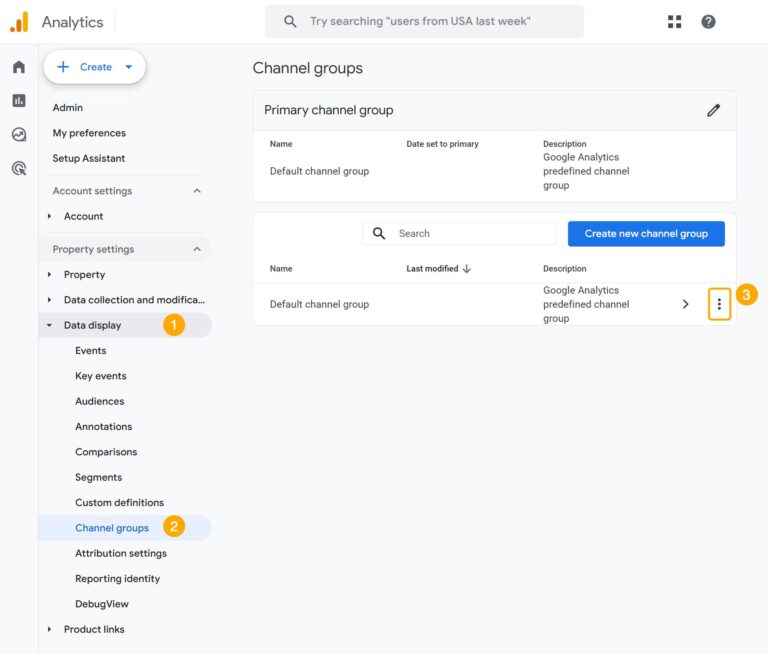
In today’s digital landscape, the speed at which your website loads is critical for user experience, SEO rankings, and overall business success. With the exponential growth of online content and global audiences, ensuring fast and reliable access to your site’s resources is more important than ever. This is where content caching and content delivery network cache (CDN) solutions play a pivotal role. By leveraging advanced caching strategies and robust CDN infrastructure, businesses can deliver content efficiently, reduce server load, and provide seamless user experiences—no matter where visitors are located.
What Is Content Caching?
Content caching refers to the process of storing copies of web content—such as images, scripts, and HTML files—closer to end users, either within browsers, intermediary servers, or at the network’s edge. When a user requests a webpage, cached versions of its static or dynamic resources are served directly from the cache, bypassing the need for repeated requests to the origin server. This not only accelerates delivery but also reduces bandwidth consumption and server strain.
For example, when a website’s homepage is cached, subsequent visitors receive the stored version almost instantly, resulting in faster load times and a smoother browsing experience. Content caching is a cornerstone of modern web performance optimization, ensuring that high-demand resources are always available, even during traffic spikes or server outages.
How Does Content Caching Work in Practice?
Content caching operates through a series of intelligent mechanisms that determine when and where content should be stored for optimal delivery. When a user visits your website for the first time, the requested assets are fetched from the origin server and served to the user. Simultaneously, these assets are stored in cache locations—either within a CDN edge server, a browser cache, or an intermediary proxy cache.
On subsequent visits, instead of routing requests all the way back to the origin server, the cached version is served instantly from the nearest cache location. This not only speeds up the end-user experience but also reduces load on your infrastructure. Modern CDN providers employ sophisticated cache-control headers, purge policies, and time-to-live (TTL) settings to ensure that users always receive the freshest, most up-to-date content while maximizing the efficiency of cached resources.
Understanding Content Delivery Network Cache (CDN)
A content delivery network (CDN) is a geographically distributed network of servers that work in unison to deliver cached content to users based on their location. The CDN cache stores both static and dynamic resources at multiple edge locations worldwide. When a user requests content, the CDN automatically routes the request to the nearest edge server, significantly reducing latency and accelerating load speed.
CDNs are designed to address the challenges of distance and congestion on the Internet. By distributing content across a global network, a CDN cache improves availability, decreases page load times, and enhances resilience against traffic surges and DDoS attacks. Leading CDN providers leverage intelligent caching, dynamic acceleration, and edge logic computations to optimize content delivery for a wide range of applications—from eCommerce and streaming media to SaaS and gaming platforms.
Key Technologies and Protocols Behind CDN Caching
Content delivery and caching rely on a range of advanced technologies and protocols to ensure fast, reliable, and secure distribution of data. Protocols such as HTTP/2 and HTTP/3, along with TLS encryption, are foundational to modern CDN operations, enabling multiplexing and faster handshake times. Edge logic computations allow CDNs to modify content on the fly, while intelligent routing algorithms dynamically select optimal paths based on real-time network conditions.
Moreover, features like Edge Side Includes (ESI) allow for granular caching of page fragments, making it possible to deliver personalized content at scale. Integration with object caching systems such as Redis or Memcached further enhances performance, particularly for resource-intensive applications like eCommerce or social platforms.
The Benefits of Content Caching and CDN Solutions
- Reduced Latency: By serving cached content from the closest edge node, content delivery networks minimize the physical distance between users and resources, leading to near-instant page loads.
- Improved Reliability: CDN caching ensures high availability, even during network outages or hardware failures. If one node goes offline, others automatically take over to maintain uninterrupted service.
- Bandwidth Savings: Intelligent caching mechanisms reduce the amount of data fetched from the origin server, lowering bandwidth costs and preserving server resources.
- Enhanced Security: Many CDN services integrate advanced security features such as DDoS protection, web application firewalls (WAF), and SSL/TLS encryption, safeguarding websites against cyber threats.
- Scalability: As your website traffic grows, CDNs can seamlessly scale to accommodate millions of requests without compromising performance.
Choosing the Right CDN and Caching Strategy
Selecting the most suitable CDN and content caching strategy depends on your website’s specific needs, traffic patterns, and target demographics. For businesses targeting users in specific regions—such as Mainland China—leveraging a CDN with optimized direct connections and high-capacity bandwidth is crucial. Consider the types of content you serve, the level of personalization required, and your security requirements when evaluating potential providers.
Questions to consider include: Does your CDN support both static and dynamic content caching? Are advanced security features like DDoS mitigation and WAF included? Can the CDN scale easily to handle sudden traffic surges? By thoroughly assessing these factors, you can ensure your chosen solution aligns with your performance and business goals.
Static vs Dynamic Content Caching
Content caching strategies differ based on the nature of the data:
- Static Content: Assets like images, videos, CSS, and JavaScript files rarely change and are ideal candidates for long-term CDN cache storage. This ensures fast delivery to users worldwide.
- Dynamic Content: Personalized data, such as user dashboards or shopping carts, changes frequently and is often generated on-the-fly. Modern CDN caches employ advanced techniques like dynamic acceleration and edge logic to optimize delivery without sacrificing personalization.
Best Practices for Implementing Content Caching and CDN
To maximize the benefits of content caching and CDN technology, it’s important to follow industry best practices:
- Configure Cache-Control Headers: Set appropriate cache-control and expiry headers for different types of content to balance freshness and performance.
- Purge and Invalidate Wisely: Use cache purging and invalidation tools to ensure users always receive the latest updates without unnecessary delays.
- Monitor and Optimize: Continuously monitor your cache hit ratio, latency, and user experience metrics to identify and resolve bottlenecks.
- Leverage Security Features: Enable integrated security features like SSL certificates, DDoS mitigation, and WAF to protect your site and users.
- Test Across Regions: Regularly test load times and CDN performance from different regions to ensure consistent delivery worldwide.
By adhering to these best practices, you can harness the full potential of your content caching and CDN investments, ensuring a fast, secure, and scalable online presence.
How Dataplugs Empowers Your Content Delivery Strategy
While implementing content caching and leveraging a robust CDN is essential for modern websites, choosing the right infrastructure partner can make all the difference. Dataplugs, a leading dedicated server hosting provider in Hong Kong and Los Angeles, delivers enterprise-grade solutions engineered for speed, reliability, and scalability.
Dataplugs’ network infrastructure is built on multiple Tier-1 ISPs and high-speed, redundant BGP connections, ensuring optimal routing and low latency to key global markets—including direct, high-capacity links to Mainland China. By combining premium bare metal servers with advanced DDoS protection, web application firewalls, and scalable cloud hosting options, Dataplugs empowers businesses to harness the full potential of content caching and CDN technology.
Whether you are serving static assets to a global audience or delivering dynamic content to high-traffic applications, Dataplugs’ solutions are designed to support your growth with seamless scalability, round-the-clock technical support, and no hidden costs.
Why Website Speed and CDN Cache Matter for SEO
Search engines like Google prioritize websites that load quickly and provide a superior user experience. Slow-loading pages not only frustrate visitors but also lead to higher bounce rates and lost conversions. By integrating a CDN cache and optimizing content caching strategies, businesses can improve core web vitals, achieve better rankings, and maximize online visibility.
Moreover, a robust CDN infrastructure is essential for global brands looking to expand their reach and deliver consistent performance across diverse geographies. With Dataplugs’ premium network and enterprise-grade hardware, your website remains fast, secure, and available—anytime, anywhere.
Looking to enhance your website’s speed and reliability for a global audience? Explore robust content delivery network (CDN) solutions with Dataplugs today, or reach out to us via live chat or email at sales@dataplugs.com for expert advice on optimizing your site’s performance worldwide.





